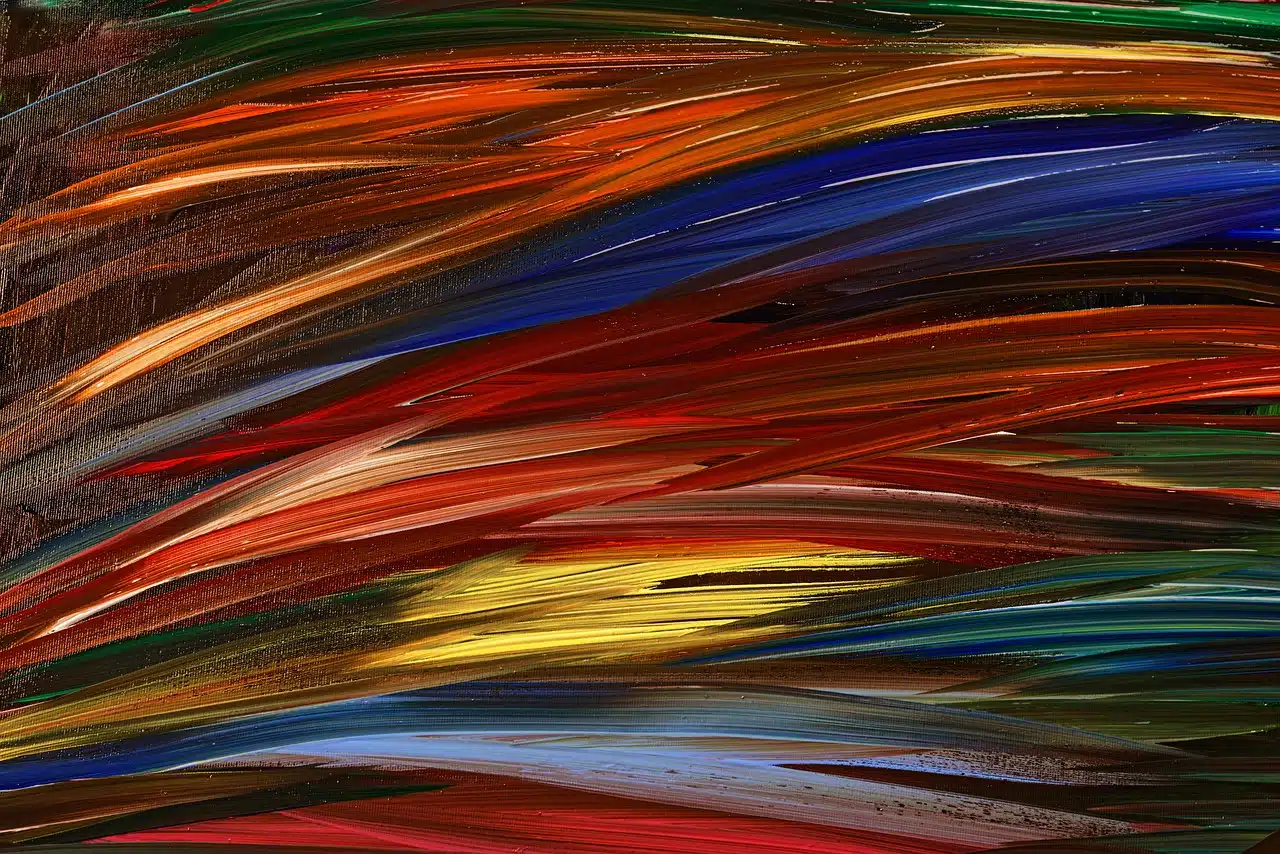
Abstract painting focuses on chromatic, structural or formal issues.
Abstract painting is the pictorial branch of abstract art . This type of art is the manifestation that accentuates chromatic, structural or formal aspects , without paying attention to the material imitation of reality.
It is worth mentioning that Latin is where the etymological origin of the word painting is found. Specifically, we can establish that it emanates from the word pigmenta , which can be translated as “paint or dye.” From the Latin abstractus , meanwhile, abstract is something that has no intention of representing concrete things or beings , but only addresses issues such as shape , structure or color .
Paint , on the other hand, is the fluid that, applied in thin layers, allows you to cover a surface. The concept is used to name the material , the canvas on which something is painted or the art of painting (the graphic representation that is achieved through the use of pigments or other substances).
History of abstract painting
The opposite of abstract painting is figurative painting , which aims to represent recognizable images. Abstract painting, on the other hand, aims to generate sensations from forms and not from the imitation of what is real.
The first abstract manifestations emerged at the beginning of the 20th century , led by artists such as Wassily Kandinsky and Umberto Boccioni . There are numerous stylistic currents within abstract art, such as lyrical abstraction, synthetic abstraction and geometric abstraction.
The aforementioned Russian painter Kandisky has been one of the most important artists who has advocated abstract painting. Furthermore, with him it is considered that this type of art began, which he not only outlined and developed on canvas but also in the literary field, through the creation of various poetic works.
However, focusing on painting of this type, we should highlight the value of some of his works such as the following: “Color Square Study” , “Composition VIII” … Among them we must especially highlight those he made in the period between 1911 and 1914 such as, for example, “The Blue Rider” , one of his most important and famous paintings.
In the same way, we must not forget other illustrious abstract artists such as Joan Miró , Paul Klee , Roy Lichtenstein , Fred Friedich , Norton Barnhill , Jean-Michel Atlan , Piet Mondrian , Erik Ortvad and Sam Francis .

The origins of abstract painting date back to the beginning of the 20th century.
Currents and trends
Within abstract painting itself, as we have already outlined, we would have to say that there are various currents or trends, whatever we want to call it. Among them is, for example, the so-called post-pictorial abstract painting , which is that which is defined by the following signs of identity: it is very personalized, it rejects what would be the tactile quality, it does not take into consideration what would be the type of brushstroke. expressive…
Expressive abstract painting , on the other hand, lacks structure and exhibits unsystematic composition through improvisation. Geometric abstract painting , on the other hand, is composed of works planned according to rational criteria based on neutral elements, while figurative abstract painting is characterized by trying to represent a mobile and changing reality in a medium that is static and unalterable.
